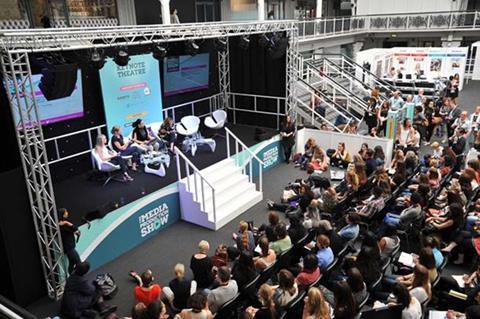The concept of remote production received a lukewarm response from some of the panellists on the Sport: Live Production panel, who questioned the wisdom of locating crew away from sporting venues.

Some manufacturers have extolled the virtues of using cameras and other equipment connected via IP-based workflows as a means of centralising some equipment and staff.
During the discussion about the planning and preparation that goes into outside broadcasts, IMG producer and director Simon Wheeler said: “We’re outside broadcast producers and directors – we are outside because that is where the action is. So from a content point of view, if you have 38 cameras covering a live event, you need to be there… otherwise you could lose contact with talent and cameramen.”
BT Sport chief engineer Andy Beale said there could be a commercial case for covering some sports by creating a single facility to cater for “large-volume” events.
He added: “There is definitely an opportunity around augmented remote production for sports where a production might not be able to afford to send a full crew.
“Lots of people are working on picture analysis and tracking, and providing camera-positioning data from real cameras or hotheads. I am pretty sure we will see some real-world examples, probably within the next 12 months, of content going to air that was captured using those techniques.”
Sunset + Vine executive director Andrew Preece added: “Whatever we think, [remote production] will come because it will be cheaper, and it will be more efficient. It is a bit sad that the director might be sat in a warehouse somewhere and the camera crew somewhere else, but there are applications where it will be useful and cheaper.
It can help get sports on air that otherwise might not have done so, so I am sure there is a place for it. But I also think that cameramen need to be able to look around and see the shot that might be behind them.”


























No comments yet